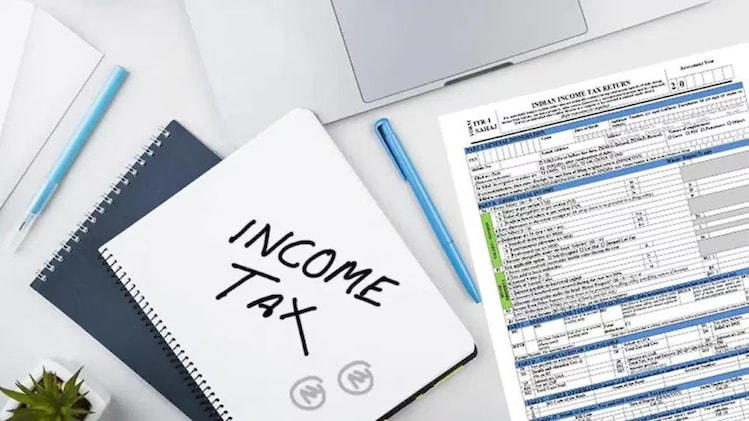Income Tax 2023: These salaried employees are not eligible to file ITR 1. Here's why
June 08,2023
You can be wrong if you think all salaried employees need to file form ITR 1. Not all salaried employees need to file ITR 1, also known as Sahaj ITR. While every taxpayer whose income is above Rs 2.5 lakh needs to file an Income Tax Return (ITR), one must understand which ITR form they need to fill in as the income tax (I-T) department has categorised taxpayers based on their annual income.
Salaried employees eligible to file ITR 1
ITR 1 applies to “resident” individuals with taxable income not exceeding Rs 50 lakh during the financial year (FY). The below category of salaried employees who qualify as a tax residents of India can only file ITR 1:
You can fill in ITR 1 if your taxable income is up to Rs 50 lakh during the FY. Having a taxable income of up to Rs 50 lakh from retirement benefit accounts maintained in a notified country under section 89A or salaried employees having income from one house property, family pension, or interest from other sources such as interest from a savings account, interest from deposits, etc., where the aggregate income does not exceed Rs 50 lakh during the FY.
Salaried employees not eligible to file ITR 1
Sudhakar Sethuraman, Partner at Deloitte India, says, “The following categories of salaried employees are not eligible to file ITR 1: Salaried employees qualifying as Resident but Not Ordinarily Resident or Non-Resident during the FY. If the taxable salary income is above Rs 50 lakh during the FY, you cannot file ITR. Moreover, where the taxable salary income is from the overseas entity for resident taxpayers, the employee must report overseas assets and income besides claiming any relief under the double taxation avoidance agreement. Besides, suppose the salaried employee has income from two house properties or capital gains or income from business/profession or agricultural income exceeding Rs 5,000 or from the lottery, virtual digital assets, etc. In that case, he cannot file ITR 1. Lastly, if the salaried employee is a director in a company or invested in unlisted equity shares, he needs to file a different ITR form."
How to find out which ITR you need to file?
As mentioned above, you must know that different ITR forms are set for filing by salaried individuals depending on their taxability, source of income and residential status. To decide the correct ITR form to file, you can use the ‘Help me decide which ITR Form to file’ option by visiting the incometax.gov.in website. You can then continue based on questions displayed on the website to establish the correct ITR form you need to file.
It is compulsory to describe the nature of employment while filing an ITR form. For instance, you need to mention whether you are a central or state government employee or public sector enterprise employee (whether central or state government), pensioner, private sector employee or not applicable if in case you receive family pension income.'
To fill in your ITR, you will require Form 16 from your employer, house rent receipts and investment payment premium receipts. All these are necessary for your investment declaration. House rent receipts justify that you are living in a rented house. ITRs are annexure-less forms, so you are not obligated to attach documents (like proof of investment or TDS certificates) along with your return (whether filed manually or electronically). However, you must keep these documents to show them to the tax authorities as and when required for assessment and inquiry purposes.




















